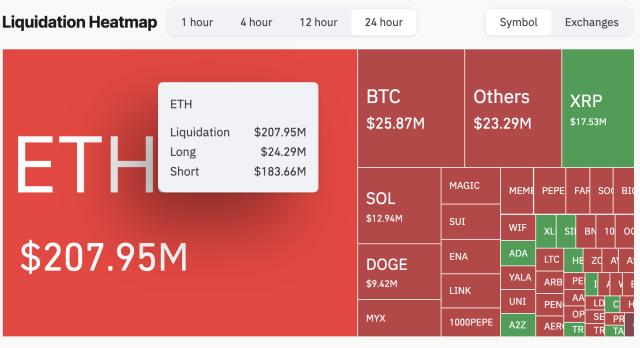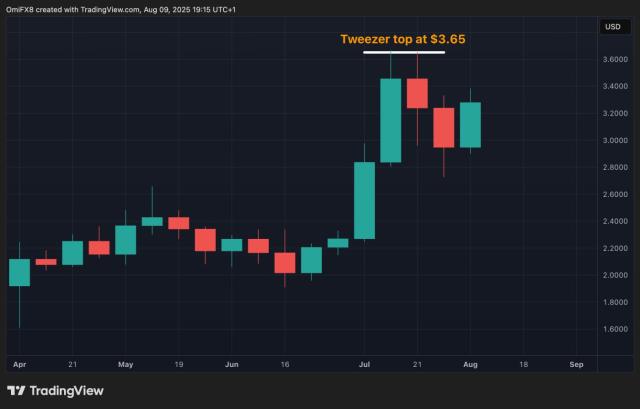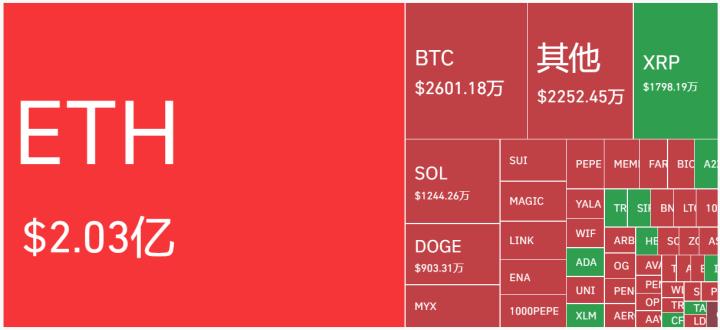NVIDIA founder Jensen Huang will again dominate headlines in the summer of 2025, not only due to continued AI chip sales but because his two children, Huang Shengbin and Huang Minshan, have already taken core positions in the company. This recent news has sparked speculation in the U.S. market about whether the AI giant worth trillions of dollars will embark on a rare family succession path.
Children's "Positioning" Sparks Speculation
According to internal employee lists, Huang Shengbin is currently a product manager responsible for coordinating chip generation upgrades and customer needs. Huang Minshan serves as a senior product marketing manager, focusing on omnidirectional robots and edge computing business. These two product lines are considered NVIDIA's next growth engines, making personnel arrangements particularly sensitive.
Although Silicon Valley culture has always emphasized "merit-based" approaches, the placement of high-level executive positions in the hands of founders' children still raises questions about whether the Huang family's influence has already permeated the company's core.
Currently, Jensen Huang still maintains ultimate decision-making power. He reiterated at this year's shareholders' meeting that AI R&D, data center chips, and China market sales will continue to be decided by himself. World Finance quoted NVIDIA insiders describing Huang as the company's "neural center," with all major and minor projects ultimately requiring the founder's approval.
No Public Succession Timeline, Still Early
Unlike Berkshire Hathaway or Microsoft, which announced succession plans early on, NVIDIA has not yet revealed an official CEO succession plan. The Economic Times noted that the investment market has begun to compare Jensen Huang's influence to that of Warren Buffett, simultaneously amplifying the "single key person risk". Although Huang is far from the typical Chinese retirement age, the succession blueprint remains an intriguing topic. The market may only become more concerned about NVIDIA's successor in the next decade, considering strategic continuity.
Currently, NVIDIA only mentions "continuous cultivation of senior leadership" in its annual report, without specifying specific candidates. While the official cautious approach maintains flexibility, it also leaves room for interpretation. Research institutions point out that if the CEO resigns or shows health concerns, stock price volatility could potentially expand by one to two times.
According to Stephen Witt, who wrote Huang's biography, the potential internal successors currently circulating at NVIDIA include Jay Puri, Executive Vice President of Global Business Operations, and Ian Buck, Vice President of Massive Scale and High-Performance Computing, who is known as the "Father of CUDA".
How Does Silicon Valley Handle Family Succession?
Placing family members in the management team does not necessarily equate to the traditional "heir" model. In Silicon Valley, inheritance logic often first considers equity and tax arrangements. Founders frequently use tools like "Intentionally Defective Grantor Trusts" (IDGT) and family limited partnerships to transfer shares to descendants at low prices during non-public stages, reducing future capital gains and estate taxes.
In 2024, a Silicon Valley founder saved $5.2 million in taxes through IDGT. While there's no data yet on whether NVIDIA has adopted similar mechanisms, the Huang family has clearly begun positioning, otherwise the two children would not have simultaneously entered core business lines.
Governance is equally complex. A lawyer market report shows that multi-generational family businesses increasingly emphasize "separation of ownership and management". Even if shares remain in family hands, daily operations are entrusted to professional management teams. This approach can reduce the "exit impact" of founders but requires a clear, public succession process endorsed by the board of directors.








